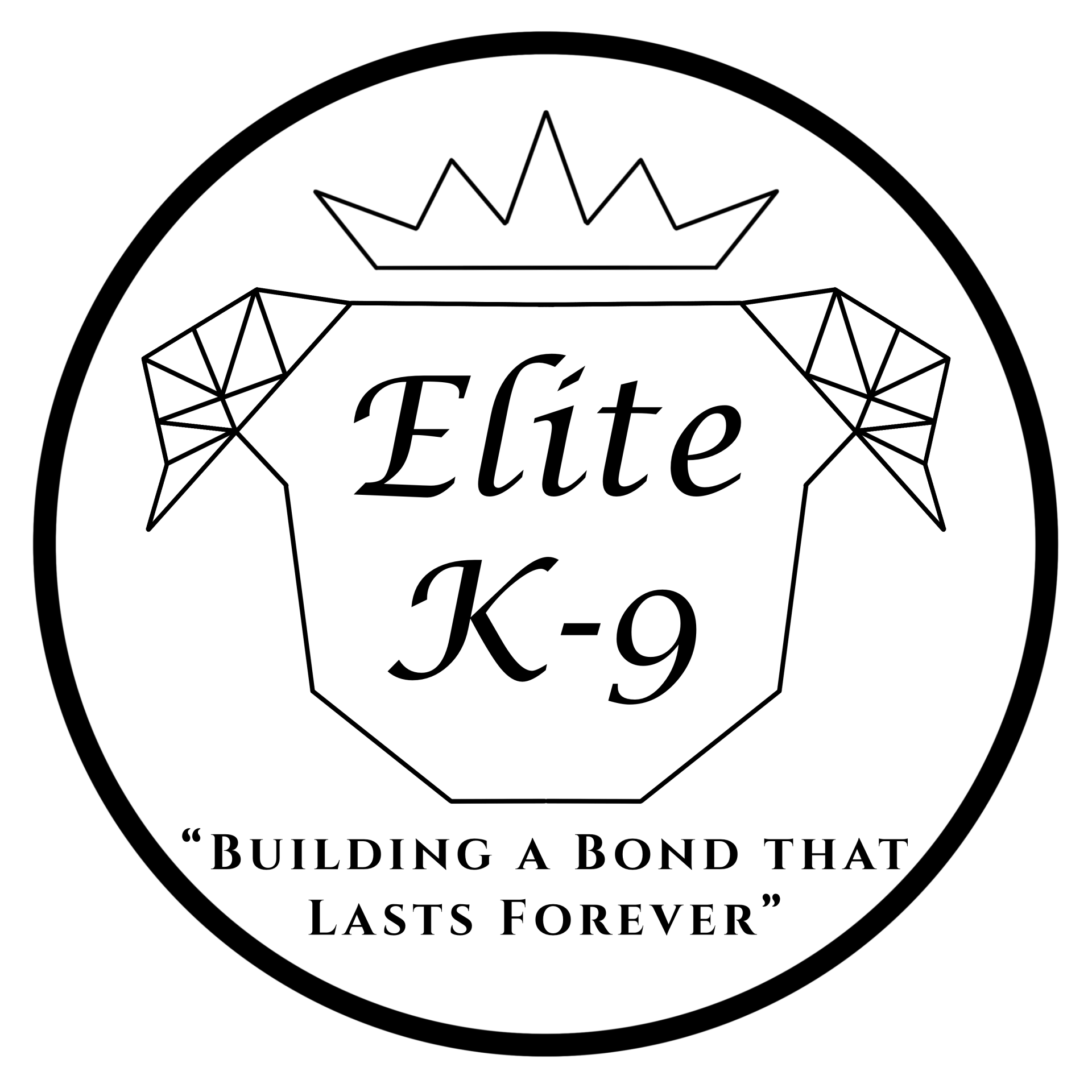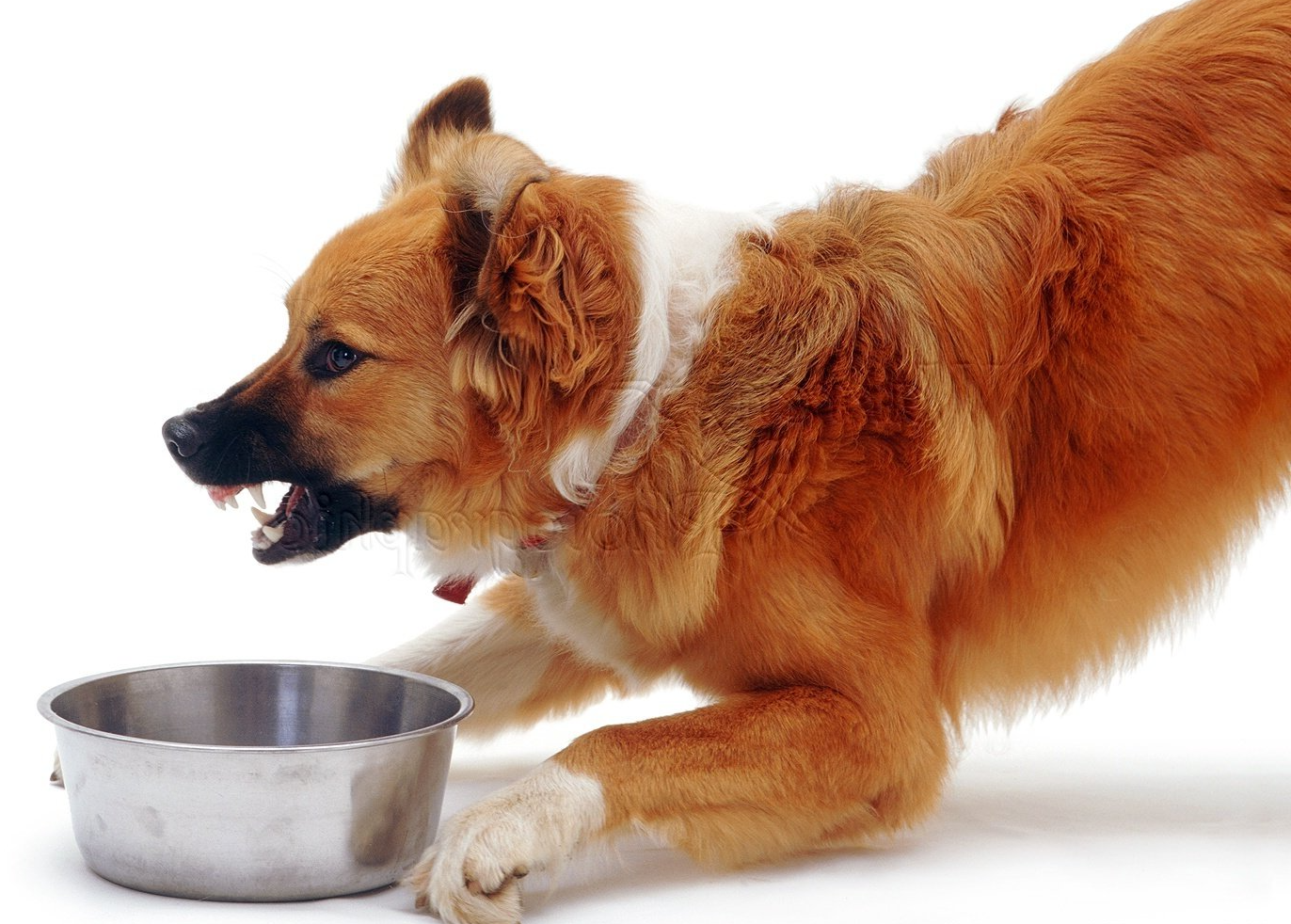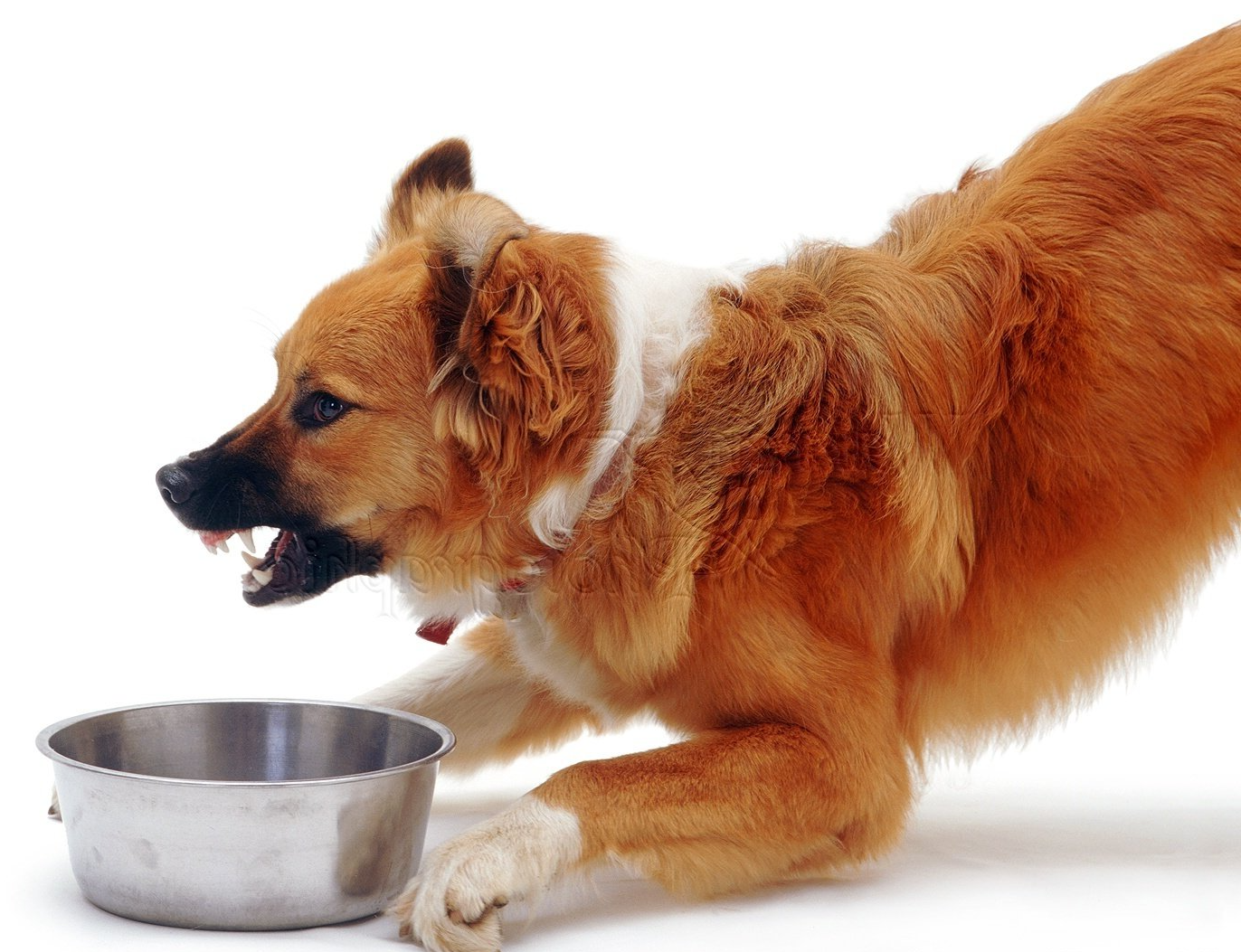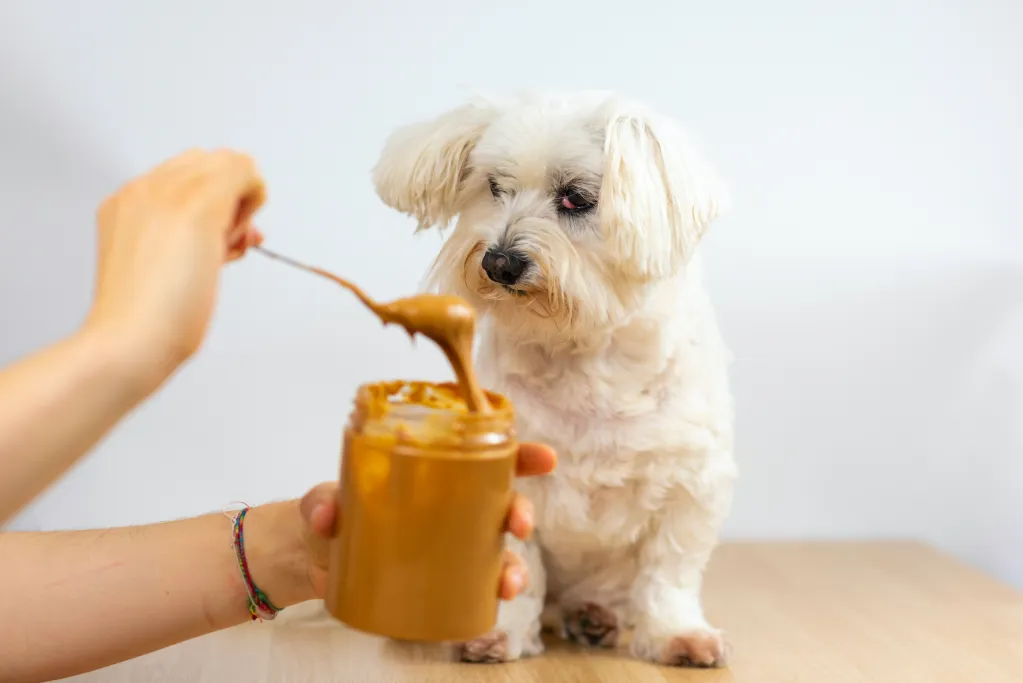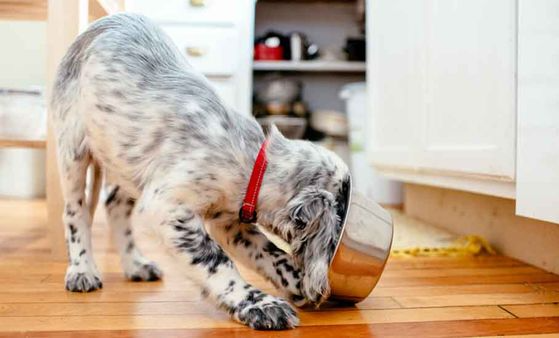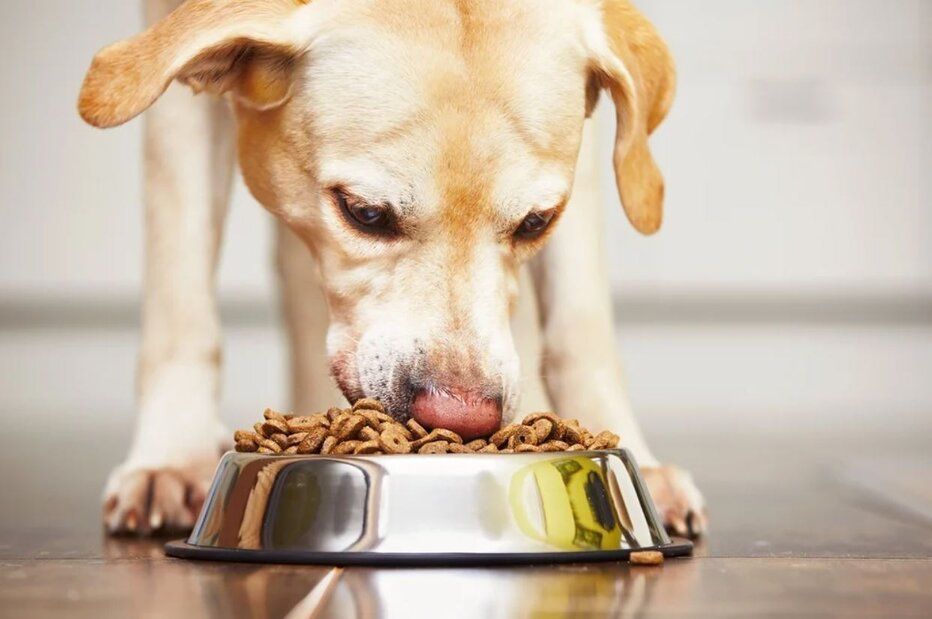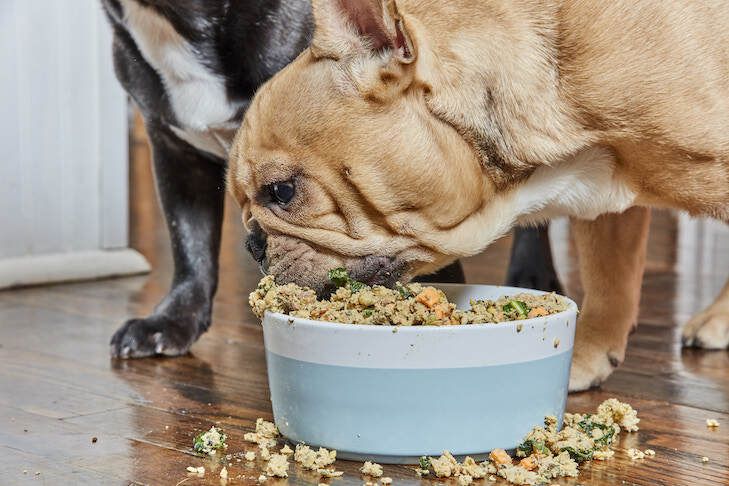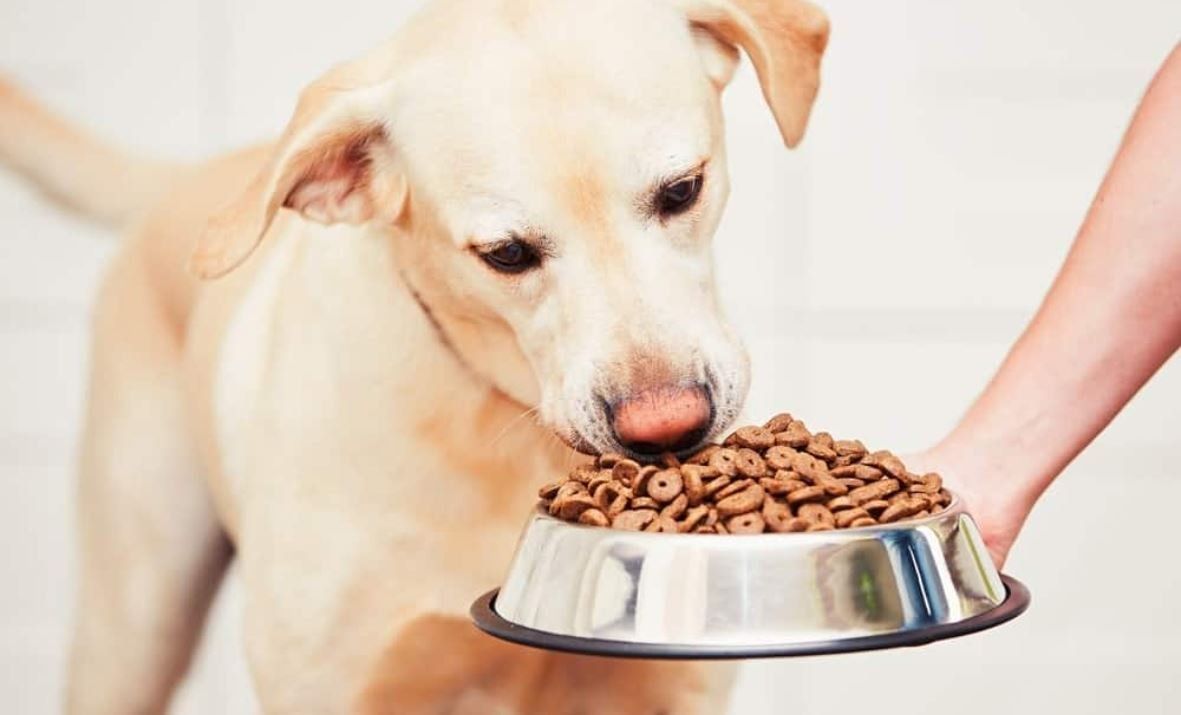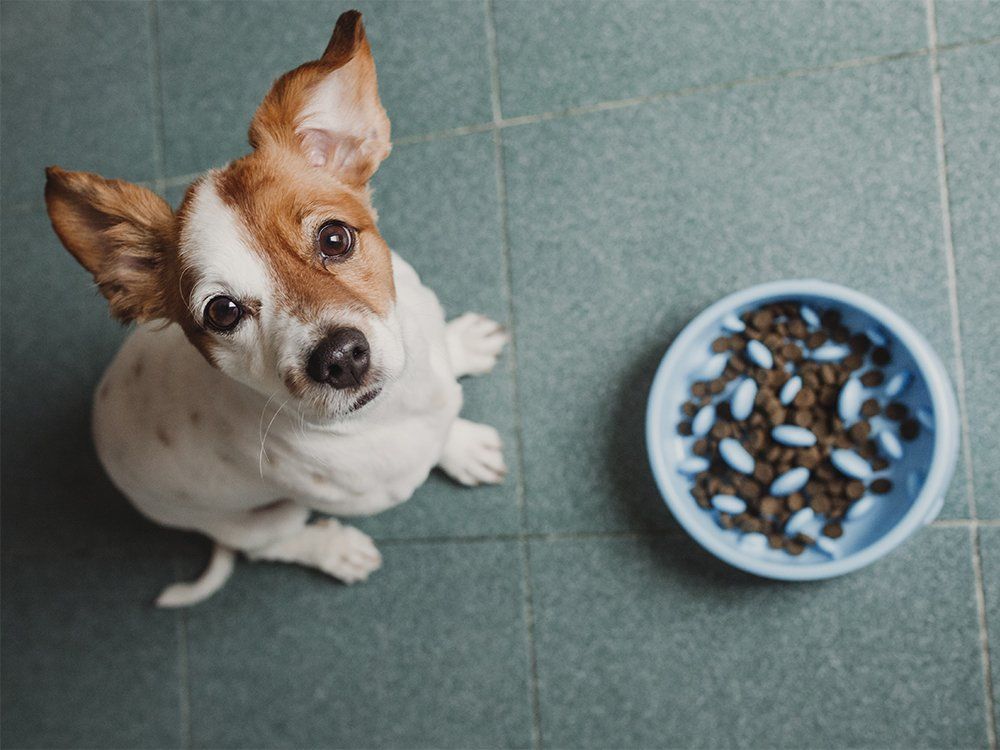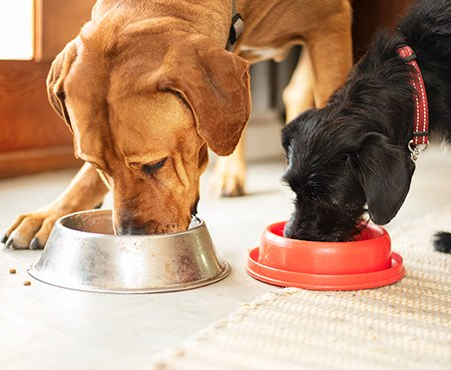Food Aggression Dog Training Corpus Christi
Once you confirm that your dog is exhibiting symptoms, assess whether the possessive aggression is displayed only with food or if it extends to other things like toys or even people. If he shows this behavior with many things, it's called "general resource guarding". In either case, consider your dog's overall nature and confidence. If your dog is dominant, you'll need to claim your position as pack leader assertively and calmly. One way to do this is by always eating first. Since the alpha always eats first after a hunt, feeding your dog after you're done reinforces your status as pack leader. However, If he tends to be more fearful and timid, you'll need to work with them and play with them to build up their confidence until he knows his food is safe with humans. If your dog is at the highest level of aggression (biting) you may need the assistance of a professional dog trainer until he is on a lower level.
The Solution: Dog Obedience Training
Make sure you are consistent. If the aggression is due to your pet's fear or anxiety about when they will eat again, feed your dog at set times every day or maybe even look into a timed feeder. Dogs have an incredibly intuitive and reliable internal clock, and can quickly learn the routine of when it's time to get up, go on a walk, and even when their humans come home. So knowing when they will eat can relieve a lot of their anxiety.
Make them work for food. Require your dog to sit and stay outside the room where you feed them while you prepare their meal and wait patiently until it's fully ready and in place. Stand next to it while you allow them to begin eating and then you can move away. Only feed them after exercise to replicate the instinct to hunt and so your dog feels like they've earned their food.
Don't let your dog feel like they have "won" the bowl. If you back away from it when they're acting territorial, they can feel like they have won and food aggression can worsen. To readjust that mindset so they instead feel like they win when you come near their bowl, drop treats into it while they're eating so that you being near the food is perceived as a good thing rather than a threat. You can also add the treats when he's not eating so he becomes comfortable with people being around his bowl. Another great technique is to interrupt and distract them while eating their regular food with a special treat or piece of meat, so they'll pause while eating and eat from you instead. This teaches your dog that no one will steal their food if they look away and rewards them for not hyperfixating on food while people are around.
